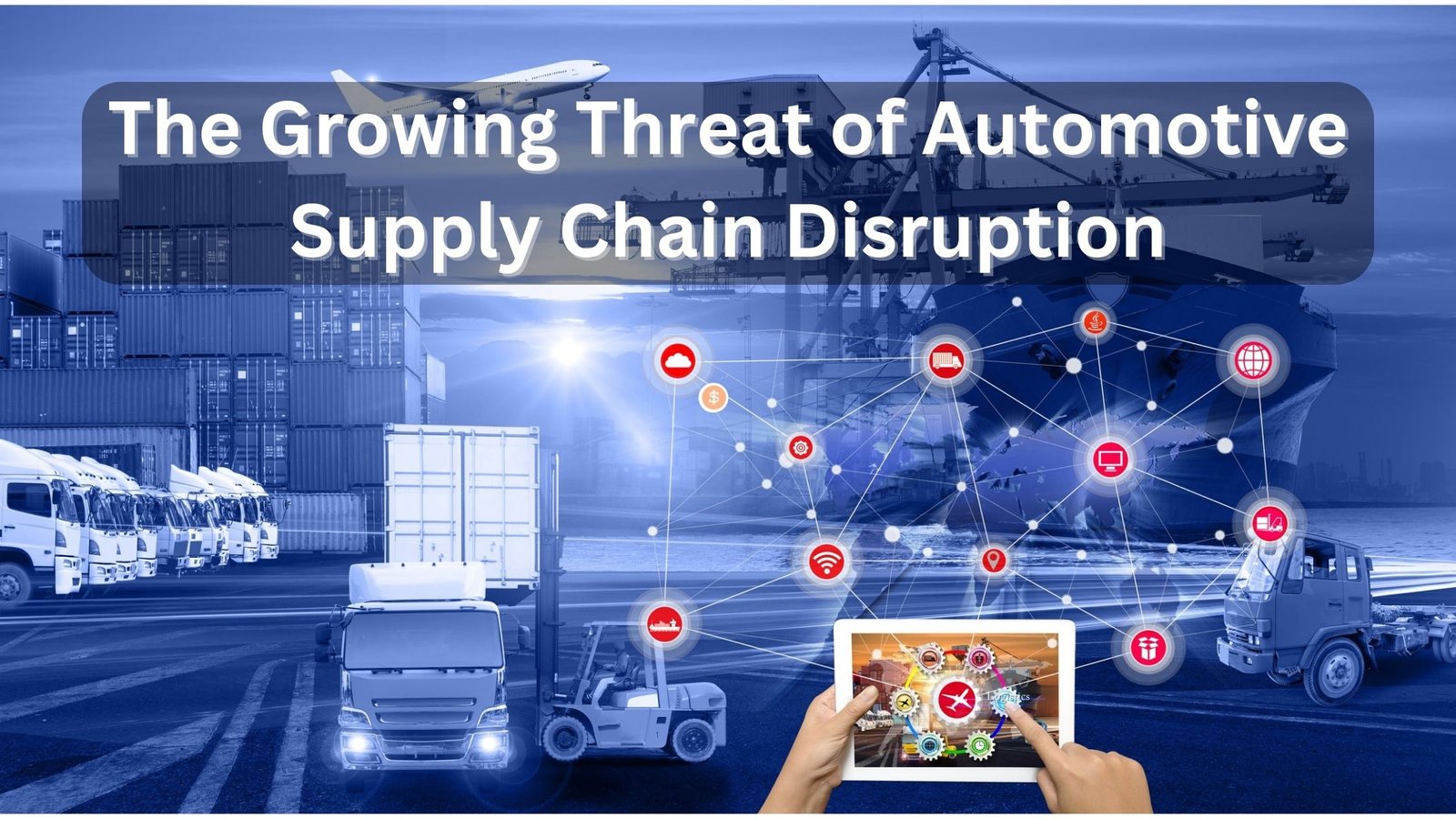The automotive industry supply chain disruption is like a big problem in how cars are made and sold. It happens when something goes wrong in the chain of getting all the parts and materials needed to build cars. Imagine if you were baking a cake, and you suddenly ran out of flour – you can’t finish making the cake. That’s what’s happening in the car industry, but instead of flour, it might be computer chips, steel, or other parts.
These disruptions can slow down or even stop car production. When cars can’t be made, it affects the companies that build them, the people who work for these companies, and the people who want to buy cars. It’s a bit like a traffic jam on the road, but in this case, it’s a traffic jam in the car-making process. People are working hard to fix these disruptions so that everyone can get the cars they want. To suit consumers’ transportation demands, the automotive business industry operates by designing, manufacturing, and distributing vehicles such as automobiles, trucks, and motorbikes through a complex network of suppliers, assembly factories, dealerships, and service centers.
What Are the Disruptive Forces in the Automotive Industry?
What is shaking up the car industry? The automotive world is changing because of disruptive forces. These are powerful factors that are making things different. One is electric cars. They run on electricity instead of gas, which is cleaner for the environment. Another force is self-driving cars. They can drive themselves without a human. Also, sharing services like Uber and Lyft are making people think twice about owning a car. These changes are reshaping how we get around, what we drive, and how we take care of our planet. The car industry is evolving because of these big changes.
Example of Disruptive Innovation in the Automotive Industry
One example of a disruptive innovation in the automotive industry is the introduction of electric vehicles (EVs). Traditional cars run on gasoline, but EVs use electricity stored in batteries. This change disrupts the industry because it shifts away from the long-established gasoline-powered car market. EVs offer benefits like environmental friendliness and lower operating costs. Companies like Tesla have led this disruption by making EVs that are stylish and high-performing. This innovation challenges traditional automakers to adapt and invest in electric technology, transforming the way we think about and use cars.
What Are the 3 Main Factors That Contribute to Supply Chain Disruptions?
1. Natural disasters
Natural events like earthquakes, hurricanes, floods, and wildfires can have a profound impact on the supply chain. These events can damage infrastructure, disrupt transportation, and affect the production of goods. For example, a hurricane can shut down a major port, delaying the delivery of critical components, or a flood can damage a manufacturing facility, halting production.
2. Man-made disruptions
These disruptions often result from human actions or decisions. For instance, labor strikes, political conflicts, or terrorism can disrupt the movement of goods and lead to shortages. Also, trade disputes and changes in regulations can impact the flow of goods across borders, affecting the supply chain.
3. Supplier issues
Problems within the chain of distribution itself, such as production delays, quality issues, or financial instability of suppliers, can lead to disruptions. Over-reliance on a single supplier or a lack of visibility into supplier activities can exacerbate these issues. When a key supplier encounters problems, it can cause a domino effect throughout the entire supply chain, affecting the availability of products.
In addition to these three main factors, chain of value can also stem from factors like demand fluctuations, transportation problems, or data breaches. A dedication to environmentally friendly materials and efficient transportation procedures is required to build a sustainable automotive supply chain. To mitigate these disruptions, businesses often employ strategies like diversifying suppliers, using technology for real-time monitoring, and developing robust contingency plans to ensure continuity in their supply chains.
What Are the Supply Chain Challenges in the Automotive Industry in India?
The automotive industry in India faces several supply chain challenges that impact its efficiency and competitiveness. These challenges are multifaceted and range from infrastructure issues to regulatory complexities.
1. Infrastructure constraints
Inadequate transportation infrastructure, including road quality, congestion, and a lack of multimodal connectivity, leads to delays and increased costs in moving materials and finished vehicles.
2. Fragmented supply base
The Indian automotive supply network is highly fragmented, with many small suppliers. This fragmentation can lead to supply disruptions and difficulties in scaling production. The automobile sector’s primary key concerns include sustainability, technical innovation, market demand volatility, and global supply chain difficulties, all of which require careful study and strategic planning on the part of industry executives.
3. Regulatory complexity
India’s tax and regulatory environment can be complex, with varying state-level regulations and frequent changes in tax policies. This can create challenges in managing logistics and compliance.
4. Quality control
Ensuring consistent quality standards throughout the distribution network can be challenging, affecting the reliability and reputation of Indian-made vehicles.
5. Skilled labor shortage
There is a shortage of skilled labor in some specialized areas of the automotive supply chain, affecting the quality of production and innovation.
6. Inventory management
Balancing inventory levels efficiently is crucial. High carrying costs and the risk of decay can impact profitability.
7. Global shipping integration
International manufacturers often rely on global supply chains, which may not always seamlessly integrate with India’s local suppliers and infrastructure. Building a sustainable automobile supply network requires a commitment to eco-friendly materials and efficient transportation practices.
8. Vendor management
Effective vendor management is essential, and developing strong, long-term relationships with suppliers can be challenging.
9. Sustainability and environmental regulations
Increasing focus on sustainability and environmental regulations requires changes in materials, processes, and logistics, adding complexity to the supply chain.
10. Political and geopolitical factors
Political instability and global trade tensions can disrupt the logistics network and impact the automotive industry in India.
In conclusion, the Indian automotive industry faces various hurdles in its supply chain. These include problems like poor roads, complex regulations, quality control issues, and a fragmented supplier network. Additionally, the shortage of skilled workers, inventory management, and global integration challenges impact the industry’s efficiency. To address the challenges of the supply chain disruption in the automotive industry, companies must adopt innovative strategies and adapt to the evolving landscape of transportation and manufacturing. By doing so, it can enhance its distribution network and maintain a competitive edge in the global automotive market.



